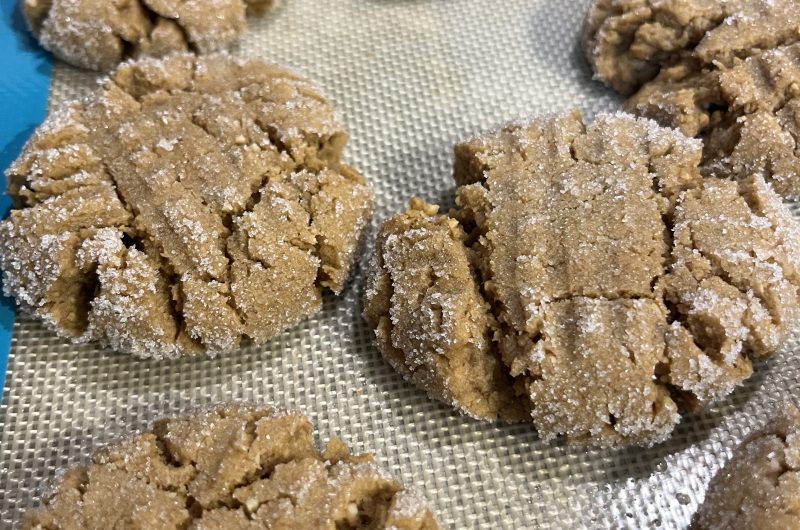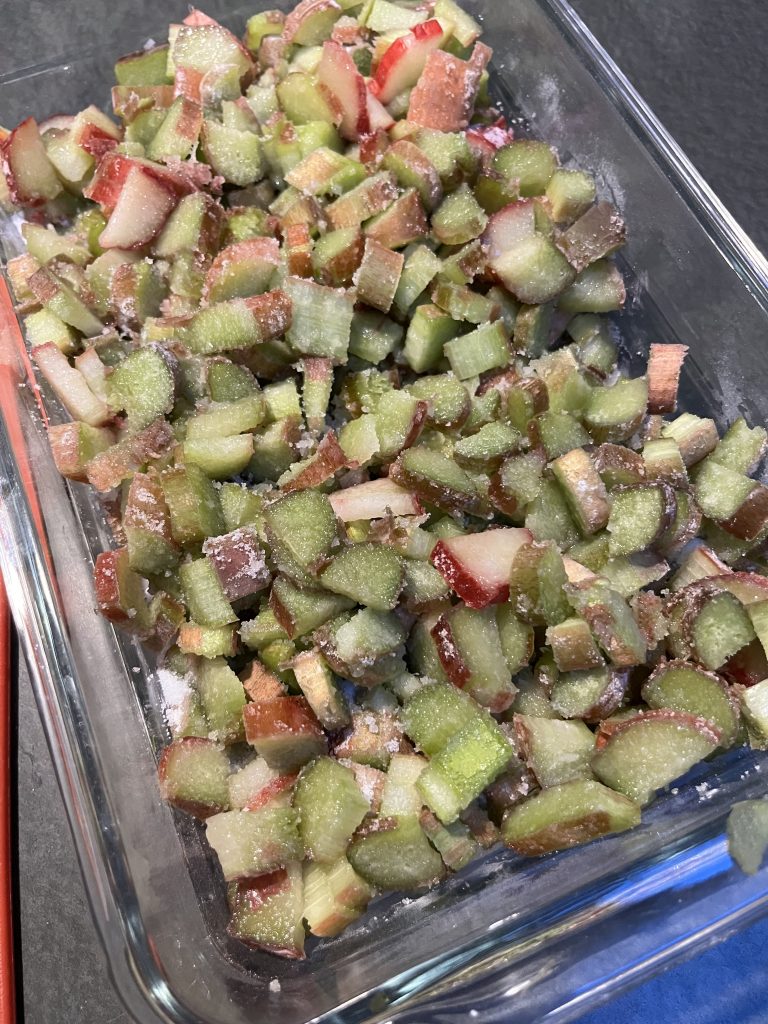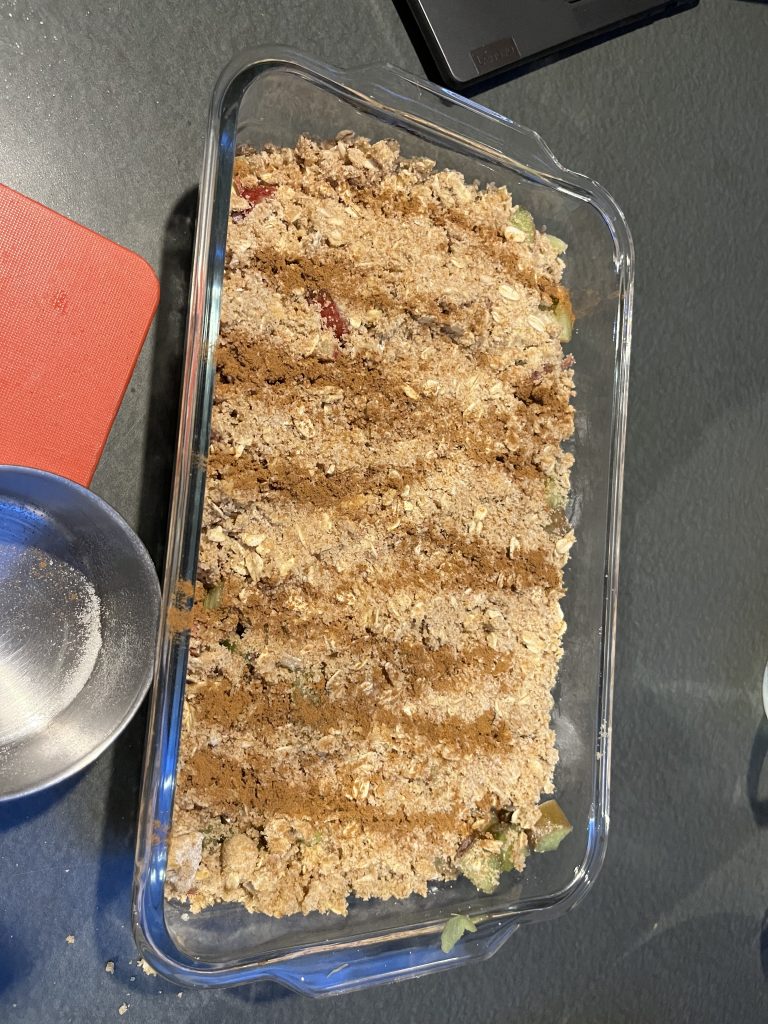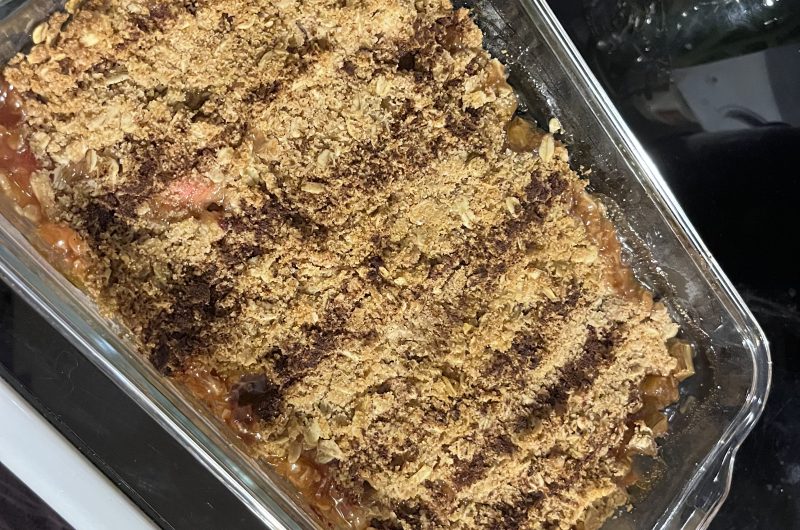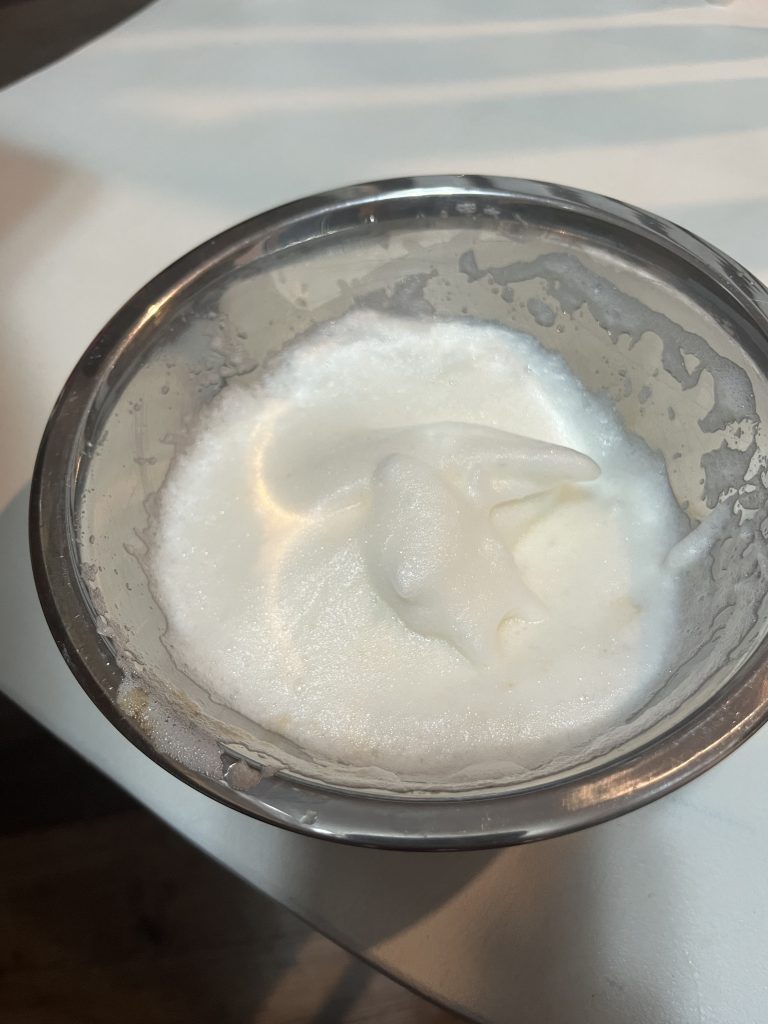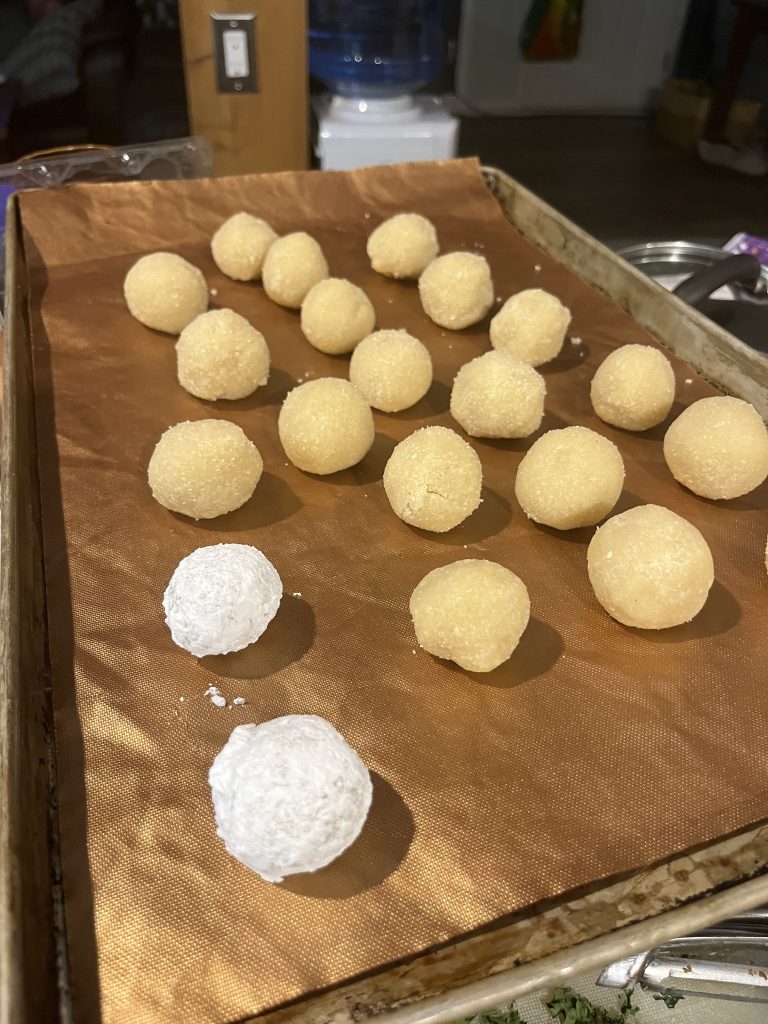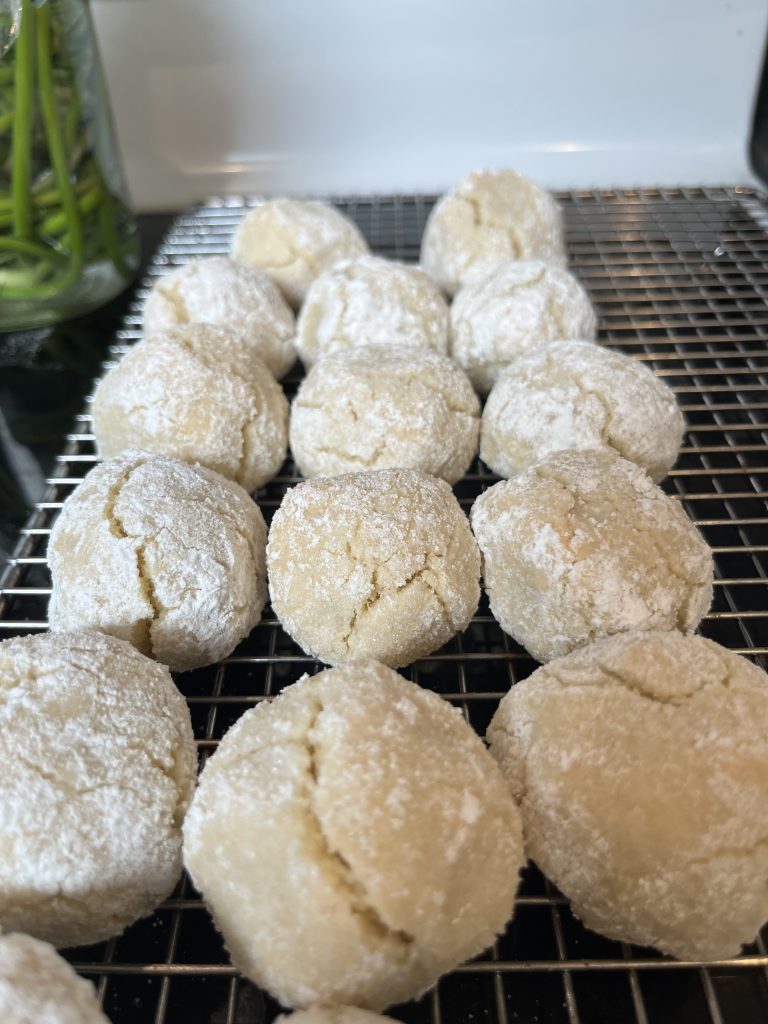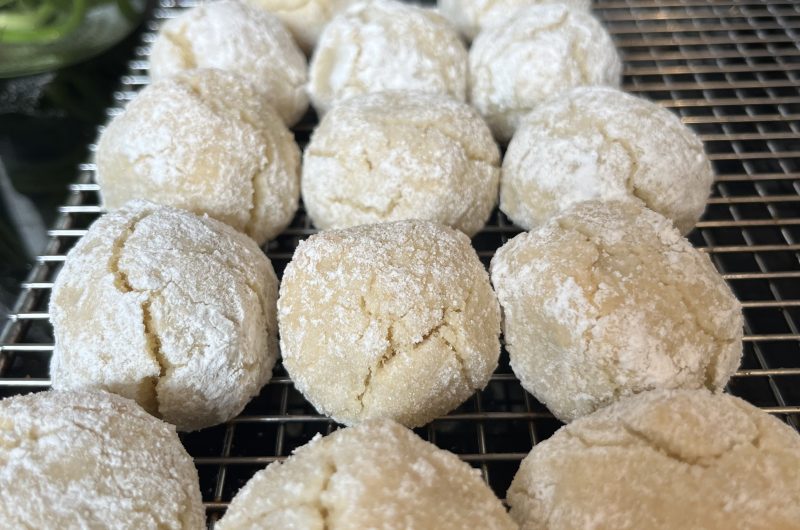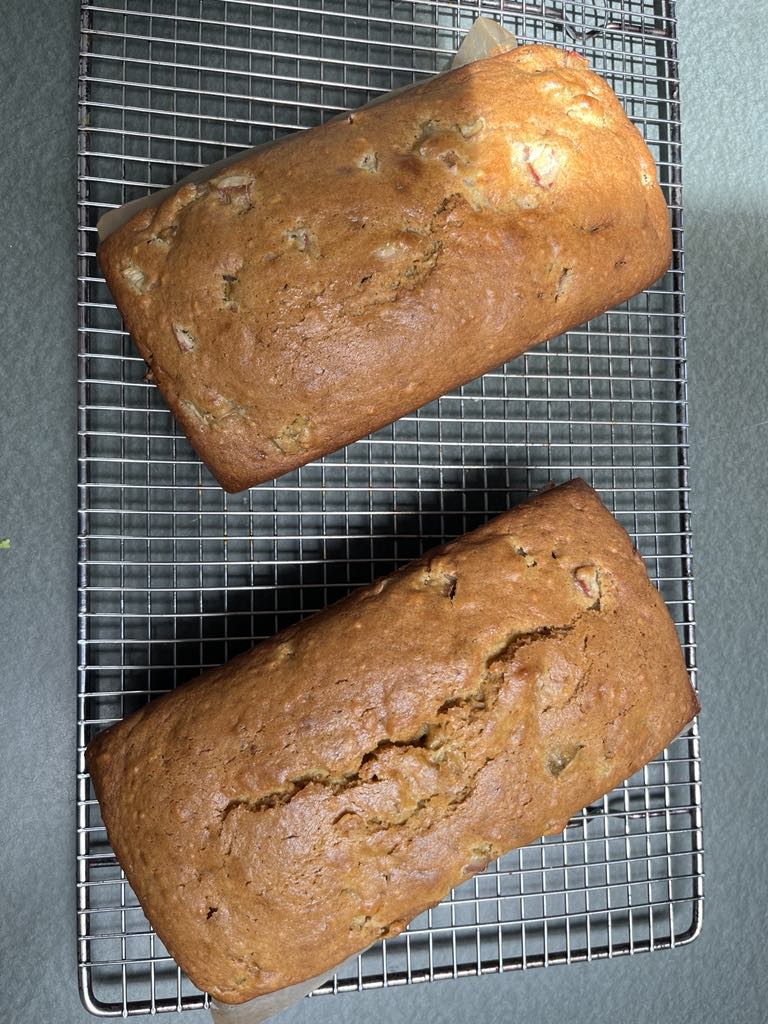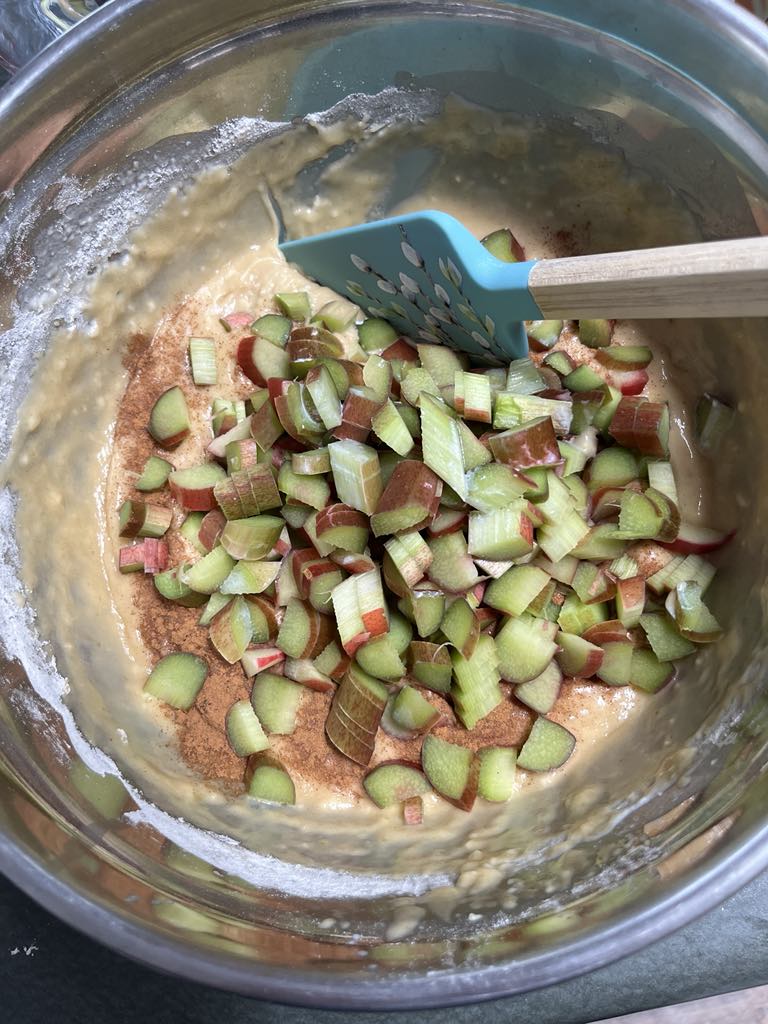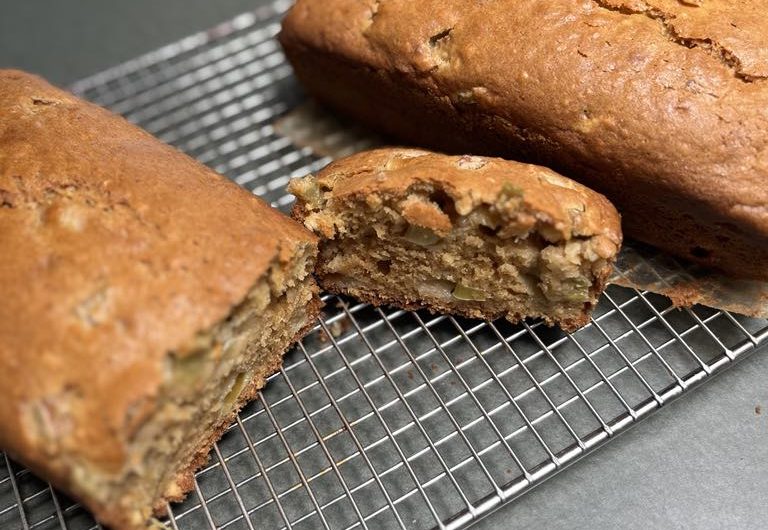Organic peanut butter has been a pantry staple for health-conscious individuals for decades. This natural spread is prized for its rich, nutty flavor and creamy texture. But what exactly sets organic peanut butter apart from the conventional variety? In this article, we delve into the benefits of organic peanut butter and share a delectable recipe that showcases its versatility and taste. Let’s start by exploring what makes this peanut butter a superior choice.
The Benefits of Organic Peanut Butter
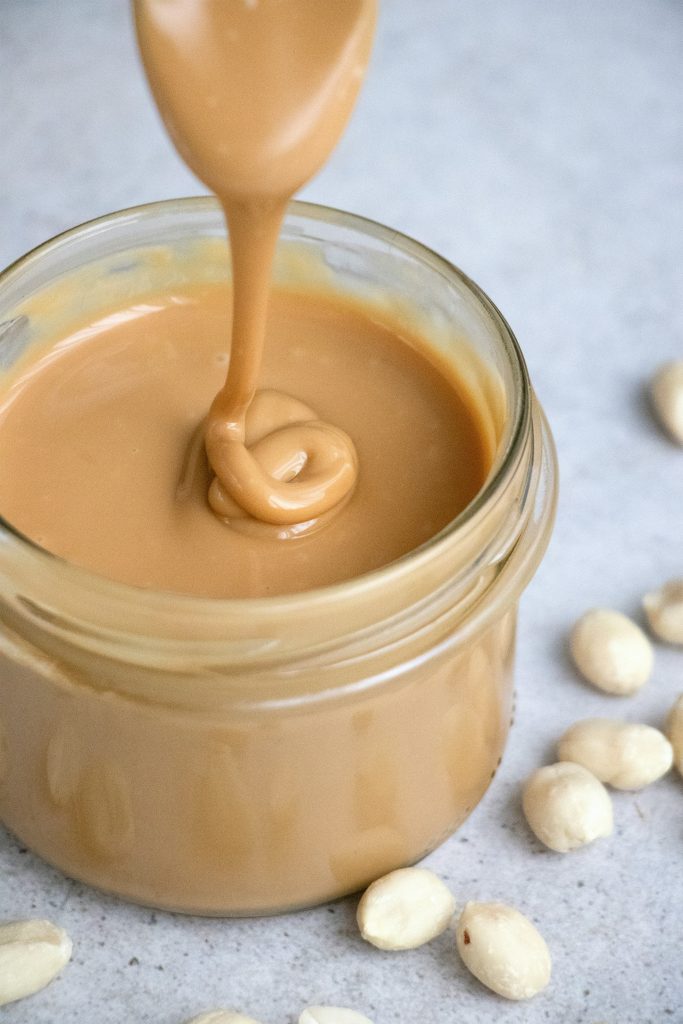
Purity and Health Benefits
Organic peanut butter is made from peanuts that are grown without synthetic pesticides, herbicides, or fertilizers. This ensures that the final product is free from harmful chemicals and genetically modified organisms (GMOs). As a result, it retains more of its natural nutrients, such as healthy fats, protein, fiber, and essential vitamins and minerals like vitamin E, magnesium, and potassium.
Environmental Impact
Choosing organic peanut butter also supports environmentally sustainable farming practices. Organic farming methods promote soil health, biodiversity, and water conservation. By opting for organic products, consumers contribute to reducing pollution and conserving natural resources.
Superior Taste and Quality
Many people find that organic peanut butter has a richer and more authentic peanut flavor compared to its non-organic counterparts. This is because it typically contains fewer additives, preservatives, and sweeteners, allowing the natural taste of the peanuts to shine through.
A Delicious Recipe Featuring Organic Peanut Butter
Now that we’ve established the benefits of organic peanut butter, let’s put it to good use in a mouth-watering recipe. These organic peanut butter cookies are a delightful treat that combines the nutty goodness of peanut butter with a hint of molasses for added depth of flavor.
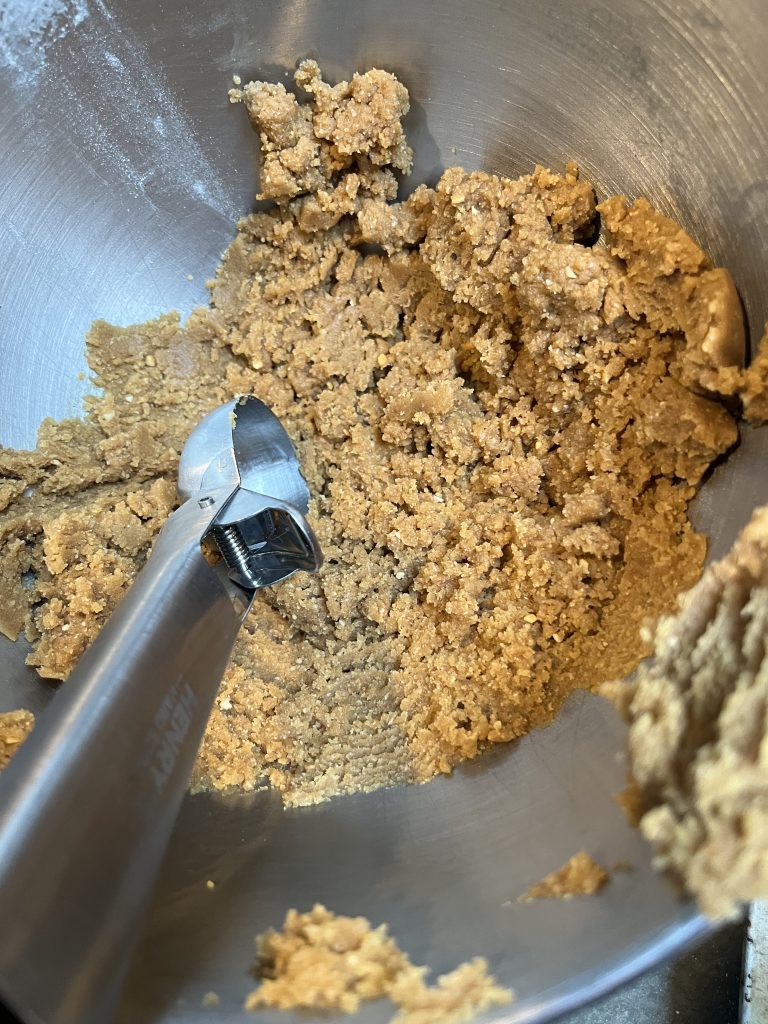
Organic Peanut Butter Cookie Ingredients:
– 1 cup organic peanut butter (smooth or chunky)
– 1/2 cup butter (room temperature)
– 1 1/4 cups granulated sugar
– 1 tablespoon cooking molasses
– 1 egg
– 1 teaspoon vanilla extract
– 2 tablespoons nut or dairy milk
– 1 3/4 cup all-purpose flour
– 1/4 teaspoon salt
– 1 teaspoon baking soda
Directions
1. Preheat the Oven: Preheat your oven to 350°F (175°C) and line your baking sheets with parchment paper or silicone baking mats.
2. Mix Wet Ingredients: In a mixing bowl, combine the organic peanut butter, butter, granulated sugar, molasses, egg, vanilla extract, and milk. Mix until the ingredients are well-blended and creamy.
3. Combine Dry Ingredients: In a separate bowl, whisk together the all-purpose flour, salt, and baking soda.
4. Form the Dough: Gradually add the dry ingredients to the wet mixture, mixing until well-combined and a soft dough forms.
5. Shape the Cookies: Roll the dough into 24 balls and space them out on your prepared baking sheets, allowing for some expansion (about 8 cookies per sheet). If desired, roll each ball in white sugar for a sweet, crunchy coating.
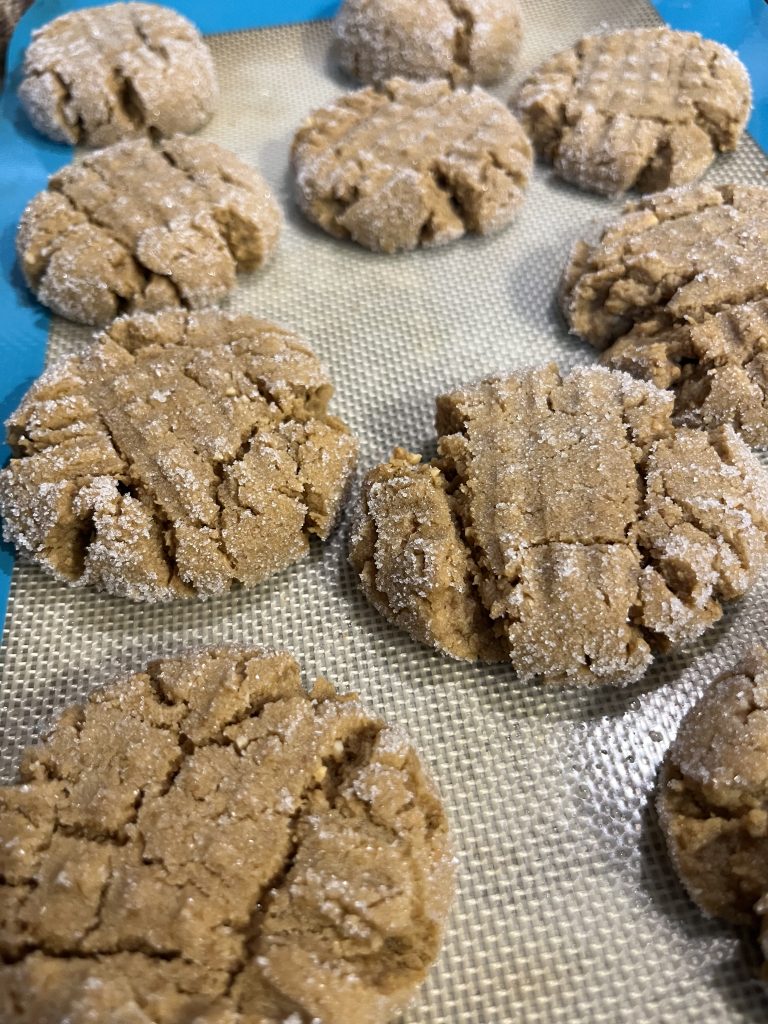
6. Flatten the Cookies: Use a fork or the bottom of a glass to press the balls slightly, creating a classic crisscross pattern on top.
7. Bake: Bake the cookies for 11-12 minutes, or until they are lightly golden around the edges. Be careful not to overbake, as the cookies will continue to firm up as they cool.
8. Cool: Allow the cookies to cool on the baking sheet for a few minutes before transferring them to a wire rack to cool completely.
Tips and Variations
1. Chunky vs. Smooth: Whether you prefer chunky or smooth peanut butter, either will work perfectly in this recipe. Chunky peanut butter adds a delightful texture with bits of peanuts in every bite.
2. Nut Milk Options: For a dairy-free option, use almond milk, soy milk, or any other nut milk of your choice. Each type of milk can subtly alter the flavor of the cookies, allowing for customization based on your preference.
3. Add-Ins: Enhance your cookies with various add-ins. Chocolate chips, raisins, or chopped nuts like pecans or walnuts can add extra flavor and texture.
4. Gluten-Free Option: To make these cookies gluten-free, substitute the all-purpose flour with a gluten-free flour blend. Ensure that the baking soda is also gluten-free.
5. Healthier Sweeteners: For a healthier alternative to granulated sugar, try using coconut sugar or organic cane sugar. Both options provide a more natural sweetness and can slightly alter the flavor profile of the cookies.
Conclusion
Natural peanut butter is more than just a health trend; it’s a delicious and nutritious choice that benefits both you and the environment. By incorporating it into your baking, you not only enjoy the superior taste and quality but also support sustainable farming practices. This cookie recipe is a perfect way to savor the wholesome goodness of organic peanut butter. Whether you’re making them for a special occasion or simply to satisfy a sweet craving, these cookies are sure to delight. Enjoy baking and indulging in these delectable treats, knowing that you’re making a positive choice for your health and the planet.
Organic Peanut Butter Cookies
Course: DessertDifficulty: Easy24
servings15
minutes15
minutesIngredients
1 cup organic peanut butter (smooth or chunky)
1/2 cup butter (room temp)
1 1/4 cups granulated sugar
1 tbsp cooking molasses
1 egg
1 tsp vanilla extract
2 tbsp nut or dairy milk
1 3/4 cup all-purpose flour
1/4 teaspoon salt
1 tsp baking soda
Directions
- In a mixing bowl combine peanut butter, butter, sugar, molasses, egg, vanilla and milk.
- In a separate bowl, combine flour, salt and baking soda.
- Add dry ingredients to mixer and mix until well combined.
- Roll the batter into 24 balls and space them out on your baking sheet to allow for some expansion (about 8 cookies per sheet).
- Optional: Roll balls in white sugar to coat.
- Use a fork or the bottom of a glass to press the balls slightly.
- Bake at 350 degrees for 11-12 minutes and allow to cool slightly before moving to cool on a wire rack.


